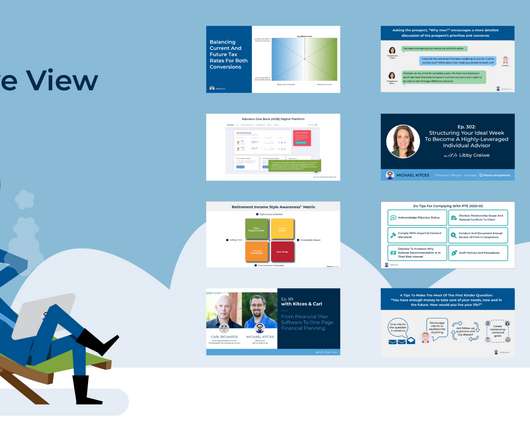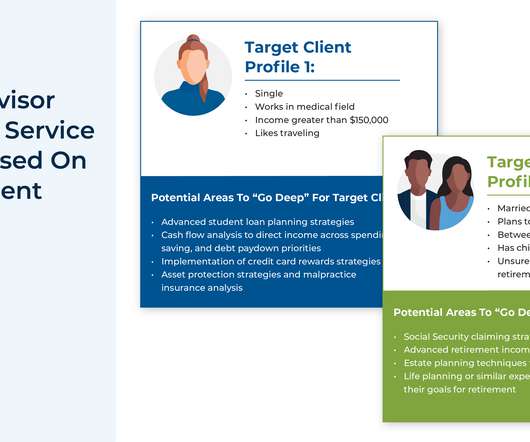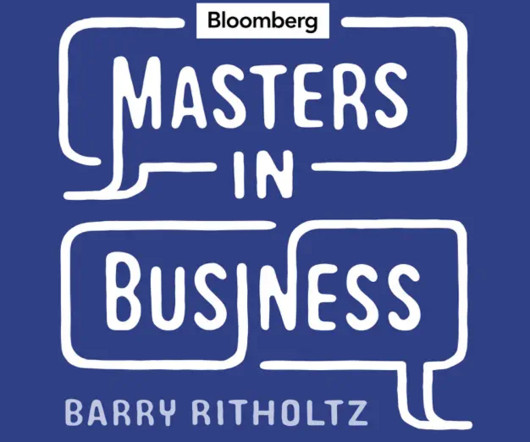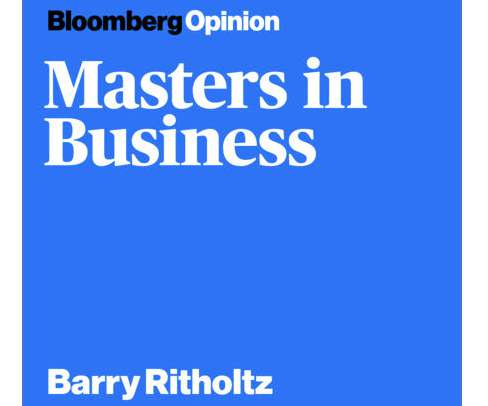2022 Best-Of Highlights From The Nerd’s Eye View Blog
CFO News Room
DECEMBER 26, 2022
As 2022 comes to a close, I am once again so thankful to all of you, the ever-growing number of readers who continue to regularly visit this Nerd’s Eye View Blog (and share the content with your friends and colleagues, which we greatly appreciate!). Executive Summary.
















Let's personalize your content